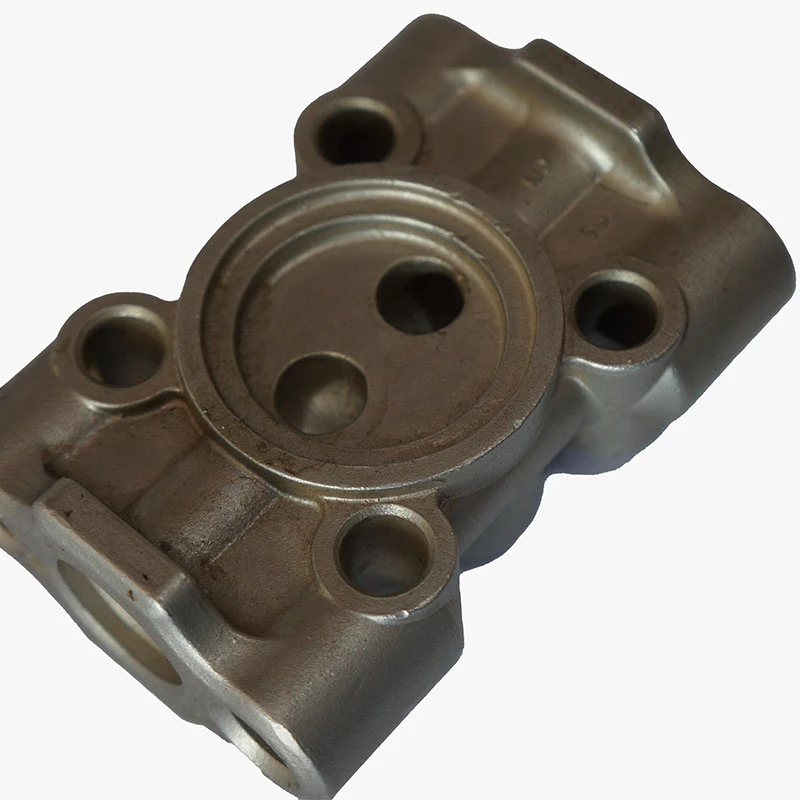die cast metal
Understanding Die Cast Metal A Comprehensive Overview
Die casting is a widely-used manufacturing process that involves the creation of metal parts by forcing molten metal under high pressure into a mold cavity. This production technique offers a variety of benefits that make it a popular choice across numerous industries, including automotive, aerospace, electronics, and consumer goods. In this article, we will delve into the intricacies of die cast metal, exploring its methods, materials, advantages, and applications.
What Is Die Casting?
Die casting is a process that allows for the production of complex shapes with superior precision and an excellent surface finish. The process begins with the melting of metal, typically aluminum, zinc, magnesium, or copper. Once the metal reaches a liquid state, it is injected at high speed into a mold, known as a die. These molds are usually made from steel or iron and are designed for durability and reusability, allowing many iterations of the same part to be produced.
There are two primary methods of die casting hot chamber and cold chamber. The hot chamber method is used for metals with low melting points, such as zinc and lead, and features a chamber that is kept molten. On the other hand, the cold chamber method is used for metals that have higher melting points, such as aluminum. In this method, the molten metal is poured into the chamber separately before being injected into the die.
Materials Used in Die Casting
The choice of metal in die casting is crucial for achieving the desired properties of the final product. Common materials include
1. Aluminum Recognized for its lightweight and corrosion-resistant properties, aluminum die casting is prevalent in the automotive and aerospace industries. It can be easily formed into complex shapes and offers excellent mechanical properties.
2. Zinc Known for its lower melting point, zinc is often employed in applications requiring high strength-to-weight ratios. Additionally, it features excellent fluidity, making it suitable for producing intricate designs.
3. Magnesium As one of the lightest structural metals, magnesium is increasingly used in die casting, particularly for automotive parts. It has a high strength-to-weight ratio and good machinability.
4. Copper Alloys Though more expensive, copper alloys are used in applications where superior electrical conductivity is critical, such as in electronic components.
Advantages of Die Casting
The die casting process provides several noteworthy advantages
die cast metal

1. Precision and Detail The high pressure used during the injection phase allows for the production of parts with intricate details and tight tolerances, which is often crucial for complex designs.
2. Surface Finish Components produced through die casting often require minimal post-processing due to the excellent surface finish achieved in the die.
3. High Production Rates Once the die is designed and fabricated, parts can be produced rapidly, making die casting ideal for large-scale manufacturing.
4. Material Efficiency The process generates minimal waste, and the scrap metal can often be recycled back into the process.
5. Strength and Durability Die cast parts have a high structural integrity due to the density and strength of the materials used, making them suitable for demanding applications.
Applications of Die Cast Metal
The use of die cast metal is ubiquitous, with applications spanning various sectors
- Automotive Industry Many parts, like engine blocks, transmission housings, and various chassis components, are made using die casting due to the process's efficiency and reliability.
- Aerospace Components that require light weight and high strength, such as brackets and housings, are often manufactured using die cast methods.
- Electronics Die casting is prevalent in the production of small casings for electrical devices and components like connectors that require precision and conductivity.
- Consumer Goods Household appliances, tools, and decorative items often leverage die casting because of the aesthetic possibilities and design intricacies achievable through this process.
Conclusion
Die casting is an essential manufacturing technique that plays a pivotal role in diverse industries. Its ability to produce complex shapes with precision, combined with the efficiency of the process and the environmental benefits of material reuse, positions it as a preferred method for metal part production. Whether in automotive construction, electronics, or consumer products, die cast metals continue to contribute to innovations and improvements in product design and functionality, showcasing the versatility and importance of this manufacturing approach.
-
OEM Sand Cast Pump Valve Fittings - Hairun Sourcing | Precision Engineering, Industrial EfficiencyNewsJul.13,2025
-
EcoGuard 3000 - Sustainable Agriculture Solution&Soil Health ImprovementNewsJul.13,2025
-
SmartAgri Solutions: Smart Farming Tech | AI Analytics & IoT SensorsNewsJul.13,2025
-
[Product Name]-[Company Name]|Business Efficiency&InnovationNewsJul.13,2025
-
Smart Factory Solutions-Industrial Efficiency|Real-Time Analytics&Automated WorkflowNewsJul.12,2025
-
OEM Sand Cast Pump Valve Fittings - Hairun Sourcing | Durable, Reliable, CustomizedNewsJul.12,2025















